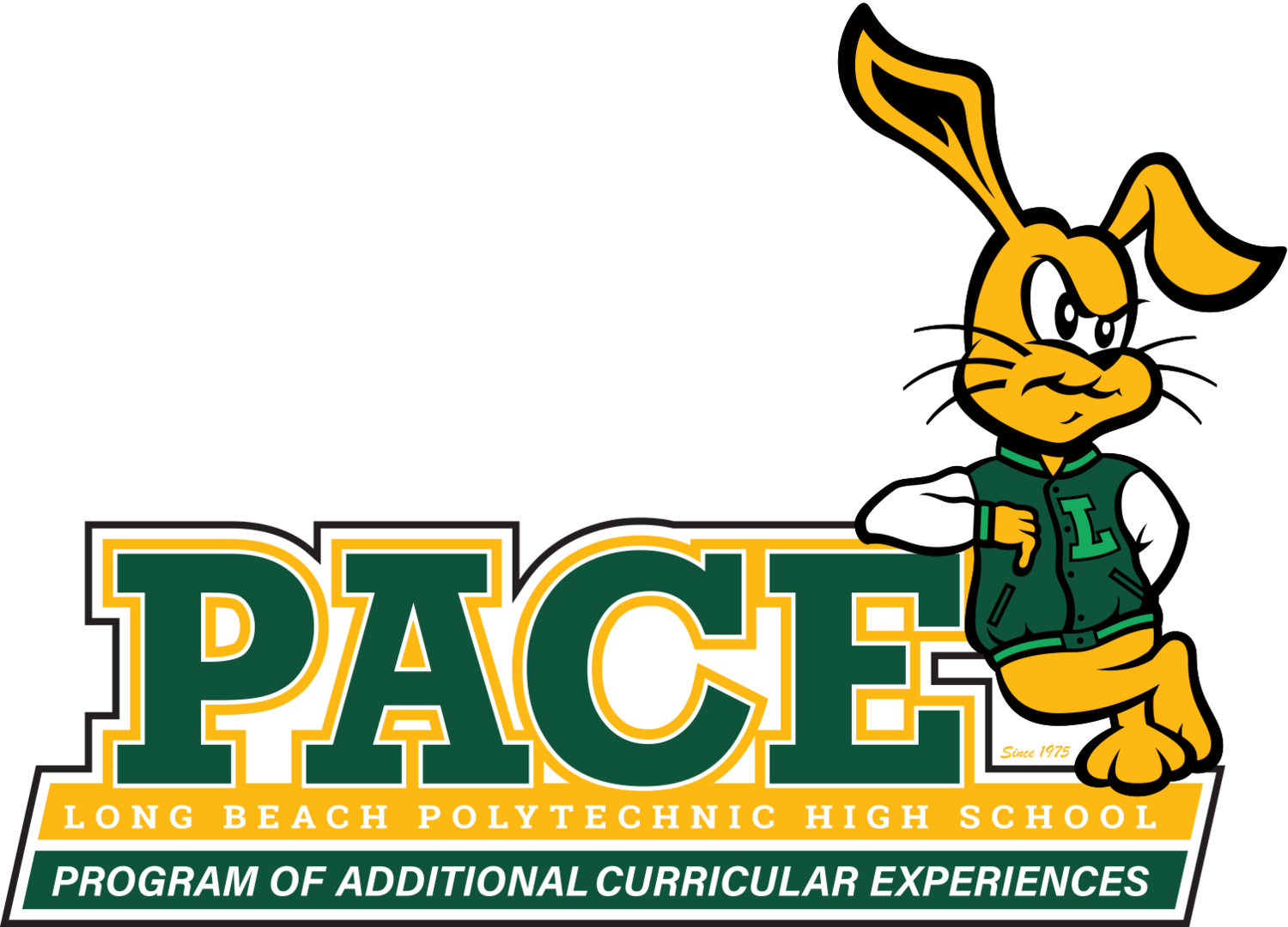Research Publications
Check out some of our students’ publications.
In tandem with our AP Capstone Program managed by Ms. Lawrence, some of our students have been able to publish research papers exploring the fields of education, science, and technology.
Emily Hardesty
PACE Class of ‘20, Georgetown ‘24
Youth representation has become increasingly important as young people recognize the role students should have in the school policy process. However, specifically evaluating the Long Beach Unified School District, district student representation structures do not adequately support the student voice and student activism. Emily’s research provides recommendations for LBUSD to amend their district student representation structures based on analyses of the efficacy of existing LBUSD policies. Recommendations were further supported by examining other comparable California school districts and their student representation structures. From this research, it is apparent there are glaring faults in the way students are represented in LBUSD, and Emily hopes that LBUSD leadership considers the recommendations of this research and thinks critically about the district’s commitment to student representation.
Justin Lim
PACE Class of ‘21, Stanford ‘25
The boundaries of freedom within the realm of technology have blurred within recent years as the Internet has made advancements beyond our imagination. Studying these recent changes through its user interactions, Justin analyzed the website Fandom Wikia and its intersectionality with a growing wave of digital labor exploitation. While there is no declaration on the moral aspect of the issue in the paper, the work addresses and establishes a definition of the standards for labor exploitation on the Internet today. With his research, Justin hopes that further definitions can be laid out that guideline how humanity can properly and effectively interact with technology in the future.
Aaron Hoy
PACE Class of ‘21, CSULB ‘25
As our society becomes more intelligent, students in the United States are expected to work harder and more efficiently resulting in sleep deprivation that affects their learning during school hours and motivation to finish their work. In response, Aaron studied the uses of blue-light technology and how it would affect students' energy during school. Discovering that the intervention yielded positive results, Aaron concluded that blue-light therapy, originally used for depression disorders, improved students' ability to absorb information during class while completing work and having a better night’s sleep. With this, Aaron believes that this form of “energy therapy” could be implicated on a larger scale in classrooms to collectively improve student’s lifestyles.




